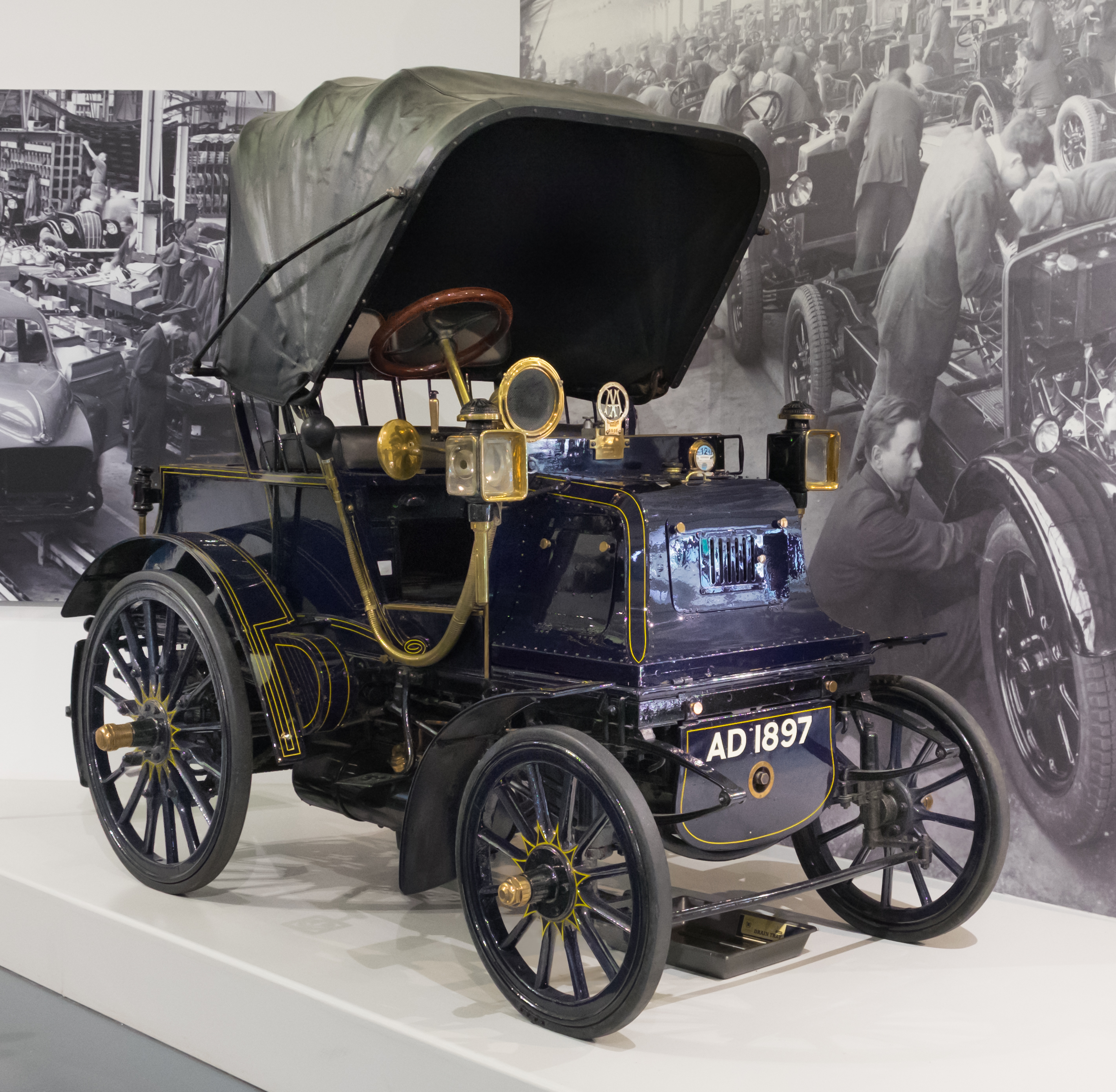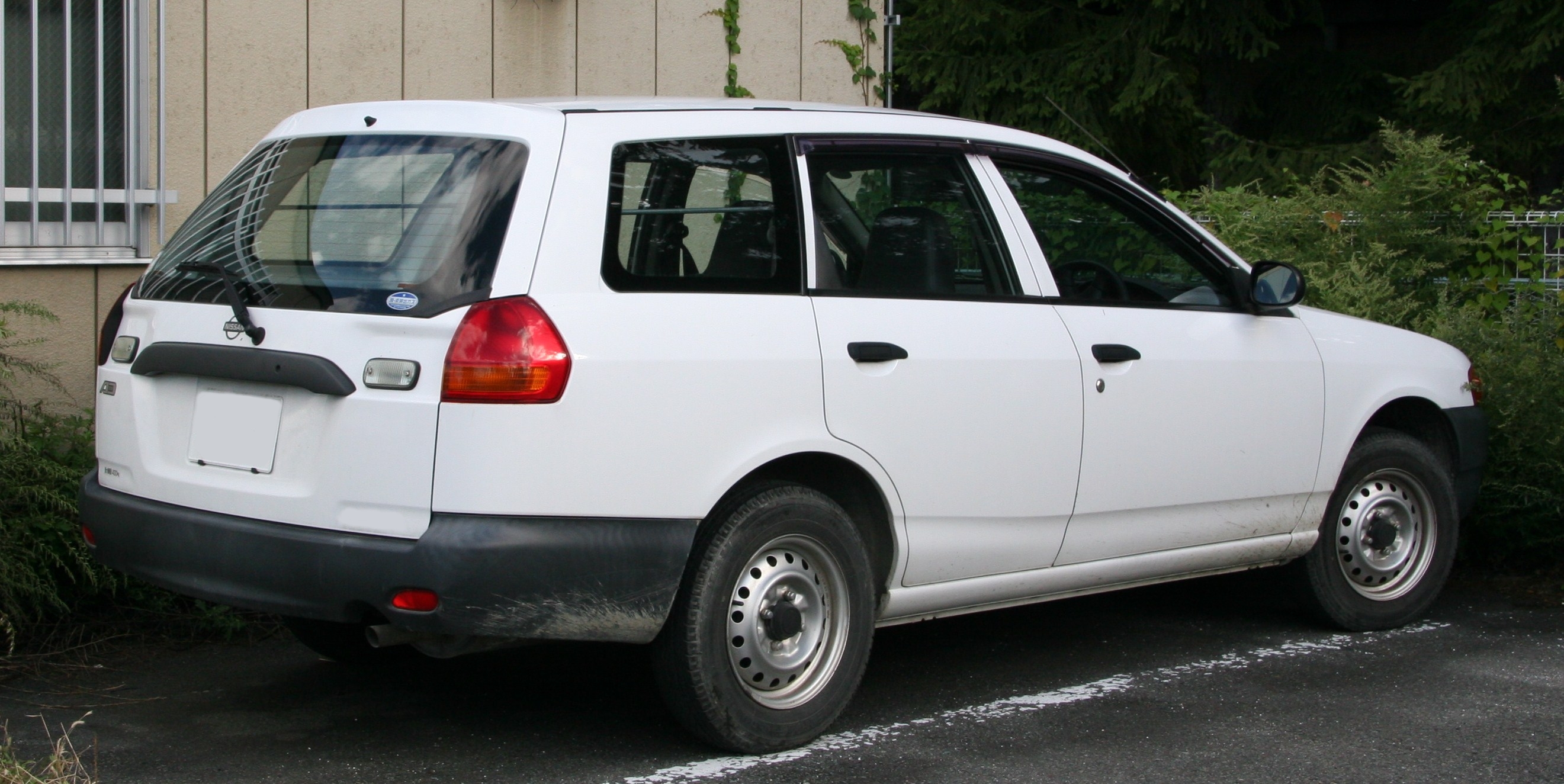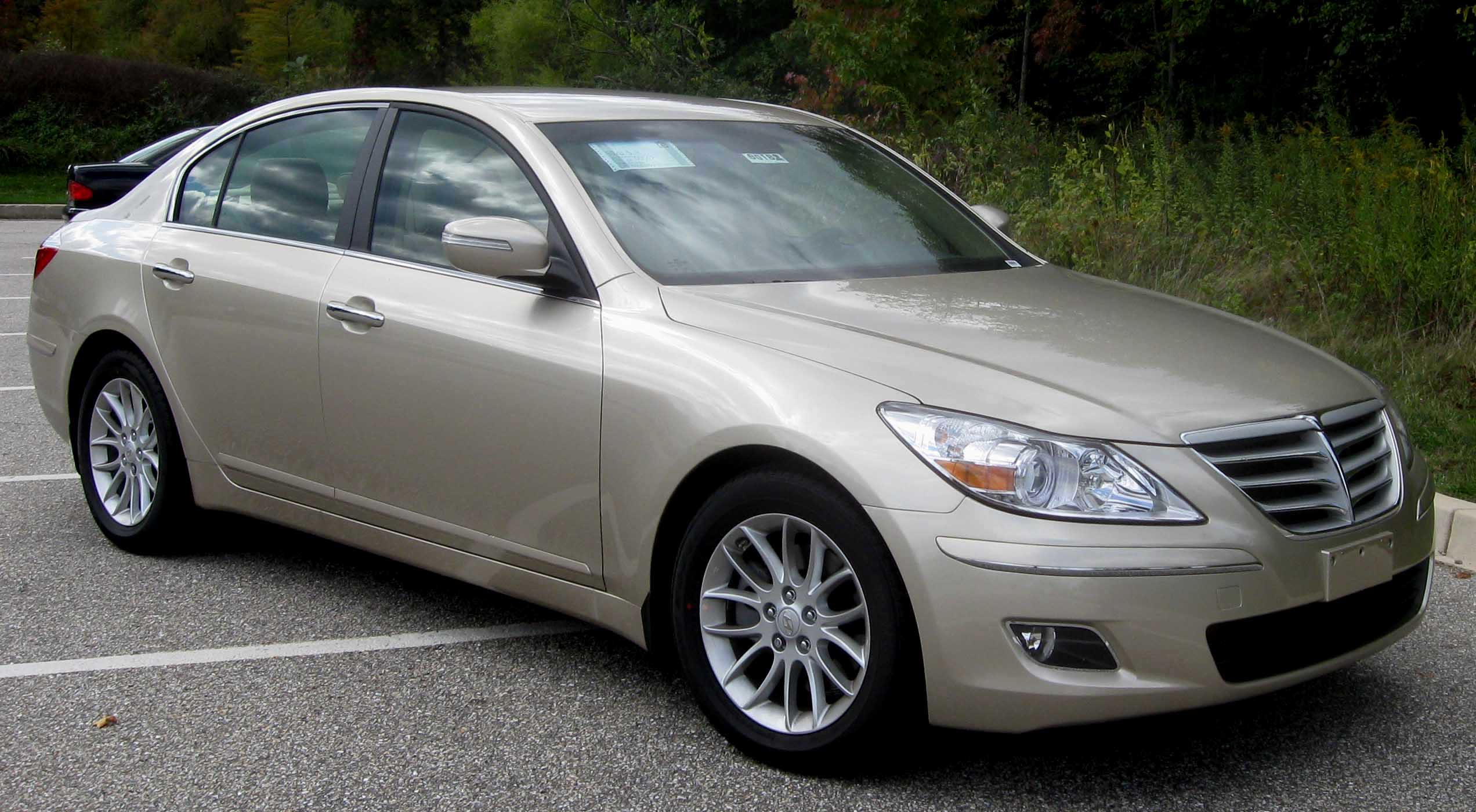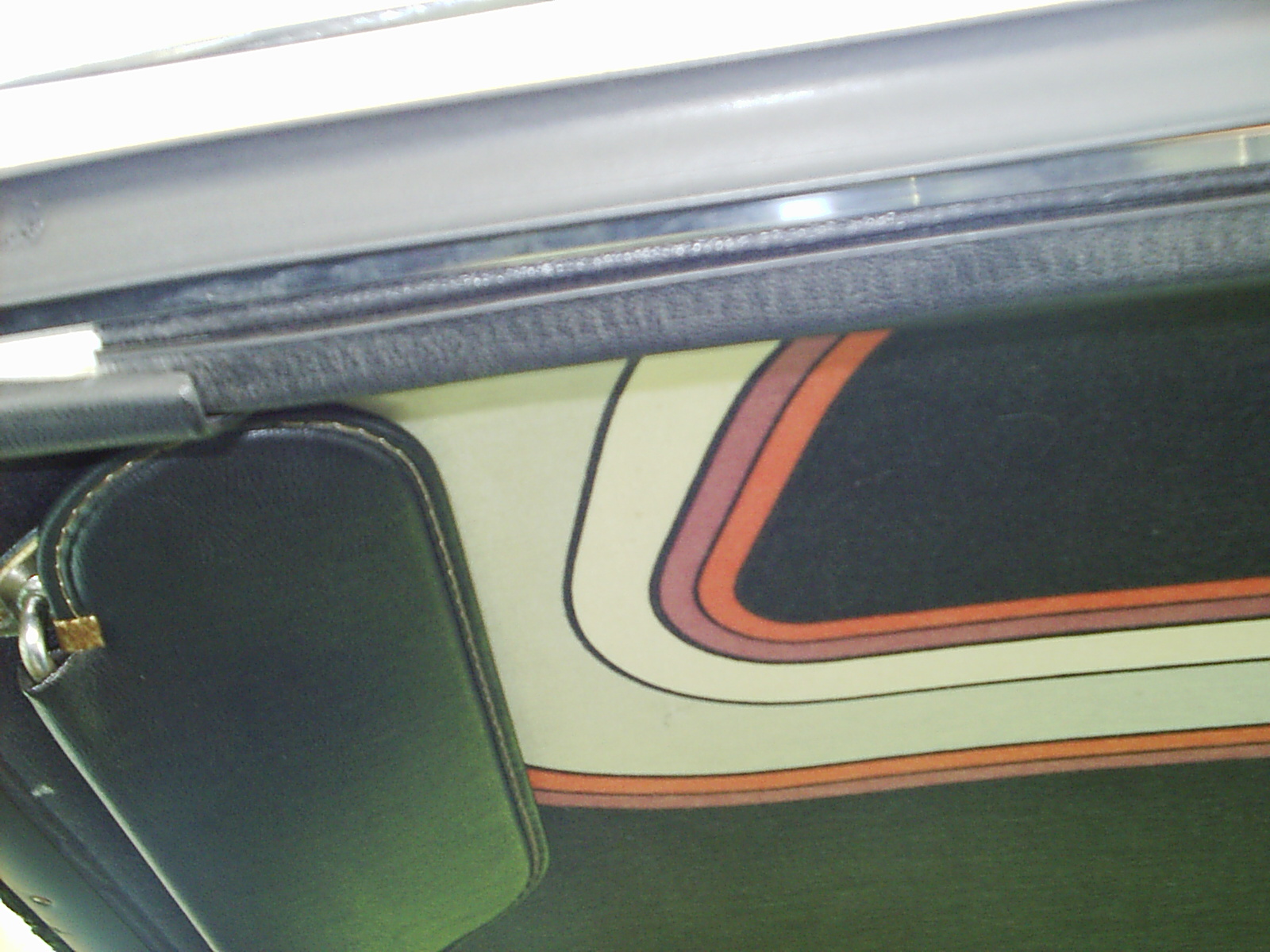|
Willys Jeepster
The Jeepster is an automobile originally produced by Willys-Overland Motors from 1948 until 1950. It was developed to fill a gap in the company's product line, crossing over from their "utilitarian" proto SUVs and trucks to the passenger automobile market. The Jeepster initially included numerous deluxe features and interior fittings in addition to a high level of standard equipment that cost extra on other automobiles. A total of almost 20,000 were manufactured. The Jeepster name was revived in 1966 on a new model, the C-101 Jeepster Commando. Background After World War II, Jeep trademark owner, Willys (pronounced "WILL-iss"), began producing and marketing the "CJ" (for Civilian Jeep) to farmers, foresters, and others with similar utilitarian needs. The company also began producing the Jeep Wagon/Panel Utility/Pick-up in 1946, and the Jeep Truck in 1947. Seeing a gap in their product lineup, Willys developed the Jeepster to crossover from their "utilitarian" trucks to th ... [...More Info...] [...Related Items...] OR: [Wikipedia] [Google] [Baidu] |
Phaeton Body
A phaeton is a style of open automobile without any fixed weather protection, which was popular from the 1900s until the 1930s. It is an automotive equivalent of the horse-drawn fast, lightweight phaeton carriage. A popular style in the US from the mid–1920s and continuing into the first half of the 1930s was the dual cowl phaeton, with a cowl separating the rear passengers from the driver and front passenger. Phaetons fell from favour when closed cars and convertible body styles became widely available during the 1930s. Eventually, the term "phaeton" became so widely and loosely applied that almost any vehicle with two axles and a row or rows of seats across the body could be called a phaeton. Convertibles and pillarless hardtops were sometimes marketed as "phaetons" after actual phaetons were phased out. History The term ''phaeton'' had historically described a light, open four-wheeled carriage. When automobiles arrived it was applied to a light two-seater with m ... [...More Info...] [...Related Items...] OR: [Wikipedia] [Google] [Baidu] |
Automobile Platform
A car platform is a shared set of common design, engineering, and production efforts, as well as major components, over a number of outwardly distinct models and even types of cars, often from different, but somewhat related, marques. It is practiced in the automotive industry to reduce the costs associated with the development of products by basing those products on a smaller number of platforms. This further allows companies to create distinct models from a design perspective on similar underpinnings. A car platform is not to be confused with a platform chassis, although such a chassis can be part of an automobile's design platform, as noted below. Definition and benefits A basic definition of a platform in cars, from a technical point of view, includes underbody and suspensions (with axles) — where the underbody is made of the front floor, rear floor, engine compartment, and frame (reinforcement of underbody). Key mechanical components that define an automobile platform in ... [...More Info...] [...Related Items...] OR: [Wikipedia] [Google] [Baidu] |
Rear-wheel Drive
Rear-wheel drive (RWD) is a form of engine and transmission layout used in motor vehicles, in which the engine drives the rear wheels only. Until the late 20th century, rear-wheel drive was the most common configuration for cars. Most rear-wheel drive vehicles feature a longitudinally-mounted engine at the front of the car. Layout The most common layout for a rear-wheel drive car is with the engine and transmission at the front of the car, mounted longitudinally. Other layouts of rear-wheel drive cars include front-mid engine, rear-mid engine, and rear-engine. Some manufacturers, such as Alfa Romeo, Lancia, Porsche (944, 924, 928) and Chevrolet (C5, C6, and C7 Corvettes), place the engine at the front of the car and the transmission at the rear of the car, in order to provide a more balanced weight distribution. This configuration is often referred to as a transaxle since the transmission and axle are one unit. History 1890s to 1960s Many of the cars built in the 19th cent ... [...More Info...] [...Related Items...] OR: [Wikipedia] [Google] [Baidu] |
V8 Engine
A V8 engine is an eight- cylinder piston engine in which two banks of four cylinders share a common crankshaft and are arranged in a V configuration. Origins The first known V8 was the Antoinette, designed by Léon Levavasseur, and built in 1904 by the French Antoinette company for use in speedboat racing, cars, and later, airplanes. Also in 1904, V8 engines began small-scale production by Renault and Buchet for use in race cars. Design V-angle Most engines use a V-angle (the angle between the two banks of cylinders) of 90 degrees. This angle results in good engine balance, which results in low vibrations. However, the downside is the greater width of the engine compared to those that use a smaller V-angle. V8 engines with a 60-degree V-angle were used in the 1996–1999 Ford Taurus SHO, the 2005–2011 Volvo XC90, and the 2006–2009 Volvo S80. The Ford engine used a 60-degree V-angle because it was based on a V6 engine with a 60-degree V-angle. ... [...More Info...] [...Related Items...] OR: [Wikipedia] [Google] [Baidu] |
Willys Go Devil Engine
The Willys L134 (nicknamed Go Devil) is a straight-4 flathead automobile engine that was made famous in the Willys MB and Ford GPW Jeep produced during World War II. It powered nearly all the Jeep vehicles built for the U.S. and Allies. It was later used in a variety of civilian Jeep vehicles. History In 1940, the Willys Quad was built to compete against the Bantam reconnaissance car for evaluation by the U.S. Army. The two prototype Quads were powered by the Willys “Go-Devil” engine that turned out to be the automaker's greatest asset. Willys' pilot vehicle was overweight compared to the Army's requirements, but the "Go Devil" engine rated at included a heavier transmission, a combination that proved to be beneficial in the long-run for use in cross-country travel. The engine was developed by Willys' Chief Engineer, Delmar "Barney" Roos, and was the most powerful of the three prototype vehicles evaluated by the U.S. Army for production. Roos took the "less than impress ... [...More Info...] [...Related Items...] OR: [Wikipedia] [Google] [Baidu] |
Continental Tire
Continental AG, commonly known as Continental and colloquially as Conti, is a German multinational Automotive industry, automotive parts manufacturing company. Headquartered in Hanover, Lower Saxony, it is the world's third-List of the largest automotive suppliers, largest automotive supplier and the fourth-largest tire manufacturer. Continental specializes in tire, tires, brakes, brake systems, vehicle electronics, automotive safety, powertrain, chassis, chassis components, tachographs, and other parts for the automotive and transportation industries. The company is structured into six divisions named ''Chassis and Safety'', ''Powertrain'', ''Interior'', ''Tires'', ''ContiTech'', and ''Advanced Driver Assistance Systems'' (ADAS). It sells tires for automobiles, Motorcycle tyre, motorcycles, and Bicycle tire, bicycles worldwide under the Continental brand. It also produces and sells other brands with more select distribution, such as Viking (limited global presence), General Tir ... [...More Info...] [...Related Items...] OR: [Wikipedia] [Google] [Baidu] |
Sun Visor
A sun visor is a component of an automobile located on the interior just above the windshield (also known as the shield). They are designed with a hinged flap that is adjustable to help shade the eyes of drivers and passengers from the glare of sunlight. Design Starting in 1924, automobiles such as the Ford Model T began to include an exterior sun visor on its closed body versions. Other early automobiles also had externally attached sun visors to their windshields until 1931, when interior mounts were introduced. As automobile design advanced with windshields mounted on an angle to lessen wind resistance, the outside or "cadet-type" sun visors were no longer seen on cars starting from 1932. Henceforth, sun visors were mounted inside the vehicle, making the hinged flap easier to reach and adjust. Most modern cars have two sun visors, one for the driver's side and a second for the passenger's side, with the rear-view mirror often mounted in between the two sun visors. Each vis ... [...More Info...] [...Related Items...] OR: [Wikipedia] [Google] [Baidu] |
Hubcap
A hubcap or hub cap is a decorative disk on an automobile wheel that covers at minimum the central portion of the wheel, called the hub. An automobile hubcap is used to cover the wheel hub and the wheel fasteners to reduce the accumulation of dirt and moisture. It also has the function of decorating the car. A hubcap is technically a small cover over the center of the wheel, while a wheel cover is a decorative metal or plastic disk that snaps or bolts onto and covers the entire face of the wheel. Cars with stamped steel wheels often use a full-wheel cover that conceals the entire wheel. Cars with alloy wheels or styled steel wheels generally use smaller hubcaps, sometimes called center caps. Alternatively, a wheel cover or spare tire cover can be an accessory that covers an external rear-mounted spare tire found on some automobiles. History Hubcaps were first used on the Newton Reaction Carriage in 1680. The first hubcaps were more commonly known as dust or grease caps. ... [...More Info...] [...Related Items...] OR: [Wikipedia] [Google] [Baidu] |
Whitewall Tires
Whitewall tires or white sidewall (WSW) tires are tires having a stripe or entire sidewall of white rubber. These tires were most commonly used from the early 1900s to around the mid 1980s. Background The use of whitewall rubber for tire has been traced to a small tire company in Chicago called Vogue Tyre and Rubber Co that made them for their horse and chauffeur drawn carriages in 1914. Early automobile tires were made of pure natural rubber with various chemicals mixed into the tread compounds to make them wear better. The best of these was zinc oxide, a pure white substance that increased traction and also made the entire tire white. However, the white rubber did not offer sufficient endurance, so carbon black was added to the rubber to greatly increase tread life. Later, entirely black tires became available, the still extant white sidewalls being covered with a somewhat thin, black colored layer of rubber. Should a black sidewall tire have been severely scuffed against a ... [...More Info...] [...Related Items...] OR: [Wikipedia] [Google] [Baidu] |
50 Willys Jeepster (9123813492)
5 (five) is a number, numeral and digit. It is the natural number, and cardinal number, following 4 and preceding 6, and is a prime number. Humans, and many other animals, have 5 digits on their limbs. Mathematics 5 is a Fermat prime, a Mersenne prime exponent, as well as a Fibonacci number. 5 is the first congruent number, as well as the length of the hypotenuse of the smallest integer-sided right triangle, making part of the smallest Pythagorean triple ( 3, 4, 5). 5 is the first safe prime and the first good prime. 11 forms the first pair of sexy primes with 5. 5 is the second Fermat prime, of a total of five known Fermat primes. 5 is also the first of three known Wilson primes (5, 13, 563). Geometry A shape with five sides is called a pentagon. The pentagon is the first regular polygon that does not tile the plane with copies of itself. It is the largest face any of the five regular three-dimensional regular Platonic solid can have. A conic is determined ... [...More Info...] [...Related Items...] OR: [Wikipedia] [Google] [Baidu] |
1949 Willys Jeepster In Pastel Aqua At 2019 AACA Hershey Meet 7of8
Events January * January 1 – A United Nations-sponsored ceasefire brings an end to the Indo-Pakistani War of 1947. The war results in a stalemate and the division of Kashmir, which still continues as of 2025 * January 2 – Luis Muñoz Marín becomes the first democratically elected Governor of Puerto Rico. * January 11 – The first "networked" television broadcasts take place, as KDKA-TV in Pittsburgh, Pennsylvania, goes on the air, connecting east coast and mid-west programming in the United States. * January 16 – Şemsettin Günaltay forms the new government of Turkey. It is the 18th government, last One-party state, single party government of the Republican People's Party. * January 17 – The first Volkswagen Beetle, VW Type 1 to arrive in the United States, a 1948 model, is brought to New York City, New York by Dutch businessman Ben Pon Sr., Ben Pon. Unable to interest dealers or importers in the Volkswagen, Pon sells the sample car to pay his ... [...More Info...] [...Related Items...] OR: [Wikipedia] [Google] [Baidu] |








